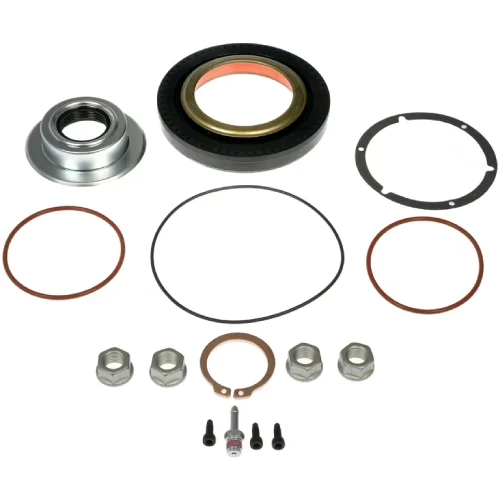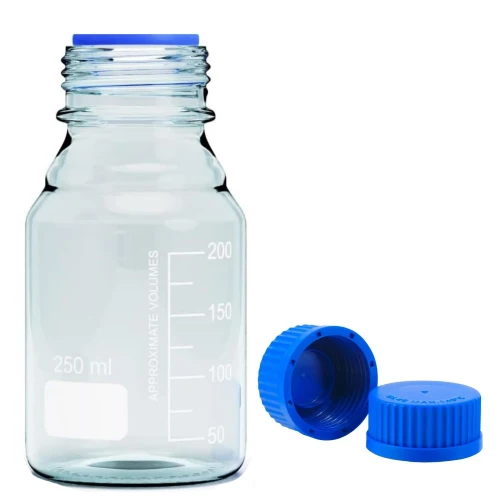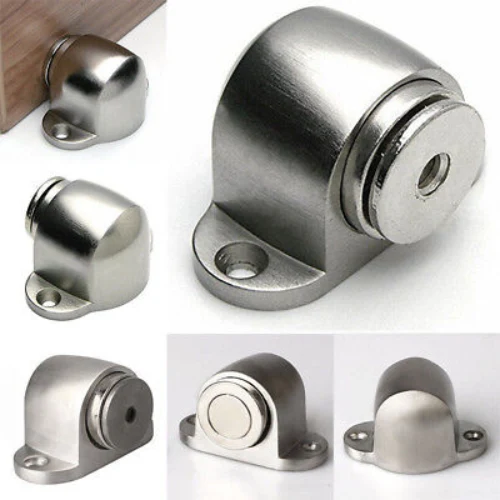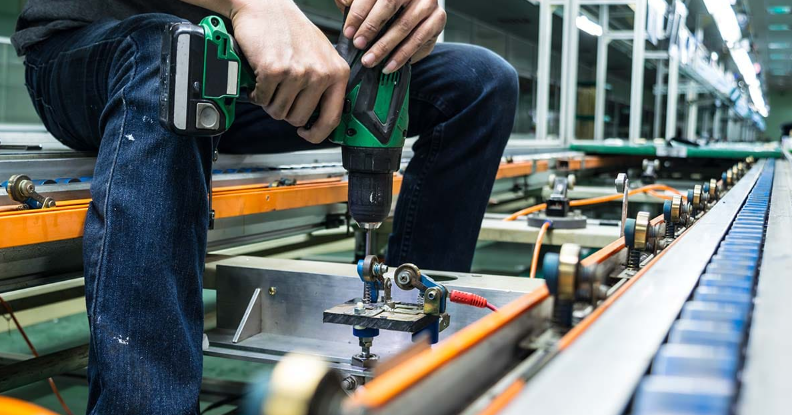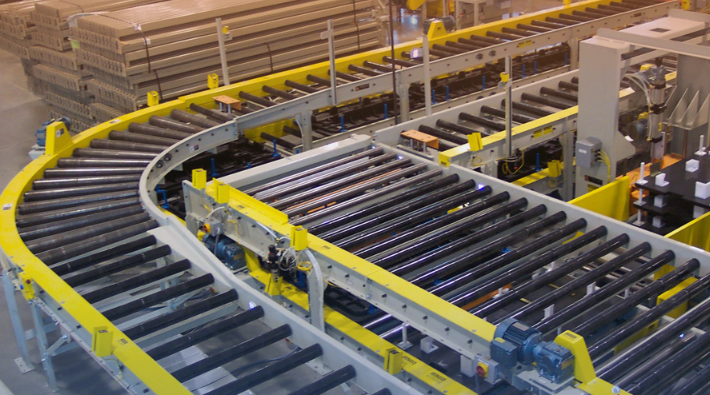Greetings in The Mighty Name of Jesus, The Christ!!!
The Responsibility Of Prayer
(Part # 1)
Brothers and Sisters there are many Responsibilities that we have as being a Born Again, Blood Bought, Two go Hand In Hand, The Word and Prayer, but today, I’ll be speaking on Prayer.
Prayer is Not just Speaking to God (The Father, Son and Holy Spirit), but takes on a Responsibility of Becoming Like God. As I said in the beginning, The Word and Prayer Walk Hand In Hand, for you cannot have The Word without a Relationship with God, nor can you have Prayer without a Relationship with God, but the Two can be Separated.
Though Prayers can bleed over into different arena’s, there is a Set Course that Prayer are Categorized dealing with Men, Women and Children. I will start with the Head Of The House, The Man, Not the Woman. If you just look at Prayer as a way to Just Communicate then you have been Taught Wrong! Prayer is Communication, but takes on a Responsibility from Who Is Speaking, Building a Relationship With Jesus.
Now, before we begin this, we must Understand the Roles of Mankind to be able to Understand their part in the Responsibility in Prayer. To All OF YOU, Liberals, Homosexuals, Men, Women and Children, I do NOT Care What Society says, what the World has Conformed to, the Below Scriptures is what God Says and it Over Rides anything else that Man, Woman, Child or Satan can come up with!!!
Exodus 20:12 KJV
“Honour thy father and thy mother: that thy days may be long upon the land which the LORD thy God giveth thee."
1 Corinthians 11:3 KJV
“But I would have you know, that the head of every man is Christ; and the head of the woman [is] the man; and the head of Christ [is] God."
Ephesians 5:23 KJV
“For the husband is the head of the wife, even as Christ is the head of the church: and he is the saviour of the body."
So, then, Man is the Head of the House, in All Things both Small and Great, God has made Him Responsible for everything dealing with His House both Inside, Outside and Worldly. Upon Man The Father put Man in Charge that All Things are done Godly. On Earth, as far as Mankind, there is No Greater Responsibility that has been given, it has Not Changed since The Father Created Man IN His Image!
Without going any further, you can see that The Father put upon Man an Equivalence of The Father. The Father in Heaven is Responsible for All of Heaven and The Works there of and Man is Responsible for All of His Household and The Works there of. The Father made Man in His Image, not Woman’s or anyone else’s.
Psalm 5:3 KJV
“My voice shalt thou hear in the morning, O LORD; in the morning will I direct [my prayer] unto thee, and will look up."
Psalm 119:104-105 KJV –
"104 Through thy precepts I get understanding: therefore I hate every false way. 105 NUN. Thy word [is] a lamp unto my feet, and a light unto my path."
The First Thing Every Man should do, before he makes coffee or some kind of drink, before doing anything, He needs to Start His Day in Prayer, this is what makes Jesus Lord Over Your Life in part. To clarify this, after having your Daily Sleep and you wake up, the very First Thing is to go to Jesus In Prayer. The Clarification is that not everyone works days nor nights.
The next step is to Praise Jesus for the Sleep that you have Received, the Rest you have Received and thanking Jesus that He has given you another day to Worship and Praise Him in this New Day that He Has Given You.
Psalm 118:24 KJV
“This [is] the day [which] the LORD hath made; we will rejoice and be glad in it."
Lamentations 3:22-25 KJV
"22 [It is of] the LORD'S mercies that we are not consumed, because his compassions fail not. 23 [They are] new every morning: great [is] thy faithfulness. 24 The LORD [is] my portion, saith my soul; therefore will I hope in him. 25 The LORD [is] good unto them that wait for him, to the soul [that] seeketh him."
Thus far, every person, Man, Woman and Child can start their Daily Prayer in what has been mentioned, but now comes specifics for The Man Of God.
Man has the Responsibility to Lift Up His Wife(helpmate) in such fashion, that She will Submit Herself to Jesus every waking moment of every day, meaning as well, that She Commits herself to Walk In Obedience to The Word and to The Holy Spirit. The Man Prays that His Wife(helpmate), will have a Blessed Day in her Goings and Comings. The Man Prays that His Wife will Listen For and To The Holy Spirit and Be Obedient to His Voice.
The Man Prays for any Health Issues that she maybe having, that she would be Healed from such things or to bring an Understanding to The Why. The Man Prays for any Task, Projects, that she needs to do, that she will do them in Peace, Joy and Love. The Man Prays against anything that the Enemies of God are trying to do against her. This is different than Praying for her Protection, these here are Attacks that the Enemies of God are doing to her in whatever Weak Spot she is fighting currently. In this The Man will Pray for her to Overcome or to Learn whatever The Holy Spirit is trying to Teach her.
The Man Prays for his wife to Bear Witness to those around her throughout the day, that Jesus may be Glorified.
The Man Prays that a Double Hedge Of Thorns be place around her and that Guardian Angles would Surround her all the day long.
The Man Prays for his wife that Every Open Door from Jesus, would Remain Open and that Every Closed Door from Jesus would Remain Closed. Needing to have an Understanding here, The Man has Prayed Three Different Protections around his wife, each having a Specific Result In The Answer.
The Man Prays, that anything that the Two Of Them are at Odds, that they will come into Agreement with each other According to The Fathers Will. That his wife would Yield to her Husband as The Head Of The House if need be and that The Man is Not Deaf to Her Voice or Needs. Here is a BIG SHOCKER FOR YOU… Pray about Sex, in All Area’s, who do you think Created Sex in the first place!!!
The Man Prays that Jesus will Fill her With Peace, Joy and Love, having Mercy and Grace abound to her!
Now for the Children.
The Man Prays that Their Lives would start the Day with Jesus, that they would Yield to The Holy Spirit in All of Their Ways.
The Man Prays that the children will not give in to peer pressures that are thrown at them on a daily bases.
The Man Prays about their Classes, especially those that they are struggling with.
The Man Prays for a Good Relationship with His Children, that they can come to him with All of their Issues, Wants and Needs.
The Man Prays for Connective Points Of Interest between him and his children, things they can Enjoy doing together.
The Man Prays for Any Issues or Struggles that are in Their Lives.
The Man Prays for Their Friends and for those who have Influence over them, that they would be connected with Godly Children.
The Man Prays for his children to Walk In Obedience with their Dad and Mom.
The Man Prays for His Children’s Future in general to specific.
The Man Prays for Blessings upon them, filled with Peace, Joy and Love. Also that All that they Do and Say will be done in Peace, Joy and Love, bearing Witness to Who Jesus is To Them.
The Man Prays a Double Hedge Of Thorns around his children and that Guardian Angles be around about them to Protect them against the Enemies of God.
The Man Prays this like prayer unto the First, Second, Third and Fourth Generations and for Their Spouses, that first that they Come to Know Jesus as Their Savior and Lord, that if they do not know Jesus as Savior and Lord that Jesus would send someone to them, that they Might have an opportunity to do so. The Man would also Pray that they would Walk In Obedience to The Word and The Holy Spirit. Now you may ask why do I need to Pray for the First, Second, Third and Fourth Generations…
Exodus 20:5 KJV
“Thou shalt not bow down thyself to them, nor serve them: for I the LORD thy God [am] a jealous God, visiting the iniquity of the fathers upon the children unto the third and fourth [generation] of them that hate me;"
By nature, because of Adam, Sin reigns in our lives from the womb forward, making us the Enemies of God, until we Accept Jesus as Savior and Lord.
The Man Prays for Direction and Guidance for His Family in making Decisions on a Daily Bases. The Man Prays for Any and All Future Events that maybe coming. This could be for Vacations, Schooling, Promotions, and Opportunities in general.
Now for the Man himself.
The Man Prays in Thanksgiving and Praise for What Jesus Has Done, Is Doing and Will Do. The Man Prays in Thanksgiving and Praise for Jesus Mercy and Grace that is upon him and for Jesus Love that is Abound To Him
The Man Prays in Thanksgiving and Praise for His Vehicles (be specific, if you have a truck and the wife has a car, separate the two, do not pray a general all as one), I Thank You Jesus for My House(building) and The Blessings There Of, I Thank You Jesus for My Utilities and The Blessings There Of, I Thank You Jesus for My Health and The Blessings There Of and for Any Healing Needed, I Thank You Jesus for My Job and The Blessings There Of and also for any Work Related issues, also to ask Jesus for His Direction, Guidance, Wisdom, Knowledge and Understanding There Of to do Your Job to the Best of Your Ability to bring Jesus Praise, Honor and Glory in All that You May Say and Do.
The Man Prays for any Friends or Family.
The Man Prays for any Ministry, Needs, Desires, Issues.
The Man Prays for The Peace Of Israel with herself and her enemies round about her.
The Man Surrenders All that he has said and all that he has unto Jesus, making Jesus Lord Over Everything.
Now because of the fashion in which I Pray, I lay Prostrate on the floor with hands stretched out, because I cannot get any lower before Jesus. At the end of my Prayer, when I Surrender everything, I slide back into a kneeling point with my hands crossed, palms up, showing nothing within my hands, that I have Given Everything To Jesus before I say my Last Amen and Amen!!! It may seem to some that it is not important to do as I do, but, it is Not Symbolic, it is What Is In My Heart to do so. I Understand fully the Responsibility that has been placed upon my shoulders, both as a Man, a Husband, a Dad and as an Apostle. Prayer is not a “Five and Dime” and done. It should be taken with as much Caution, as much Honesty, even if your angry and do not understand, or frustrated, Jesus already knows, but He Requires us to be In A Relationship With Him, not just a type of club!
Men and Women, you Need to Understand, that Prayer is Not just Words we Speak Hoping that all goes well. Prayer is Our Relationship Builder between Us and God, it is also Our Warfare against Satan and his demons, and against Mankind who Opposes God. There is nothing more Powerful, has More Authority then Our Prayers that God has given us. By Our Prayers, we Become More In The Likeness Of The Father in Our Lives for The World to see!!!
Today, I only covered the Men, next week I will cover the Women and Children.
Amen and Amen!!!
Email: godsonlyfoundation@gmail.com
Website: ApostleLee.com
While in the wilderness, the Israelites often moved. In the Book of Numbers, Moses gave them specific instructions on how to break camp by doing it God's way. In the New Testament, we must also do things God's way. Click on the link below to read more. #BibleStudy #Devotions #Evangelism #Numbers
